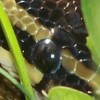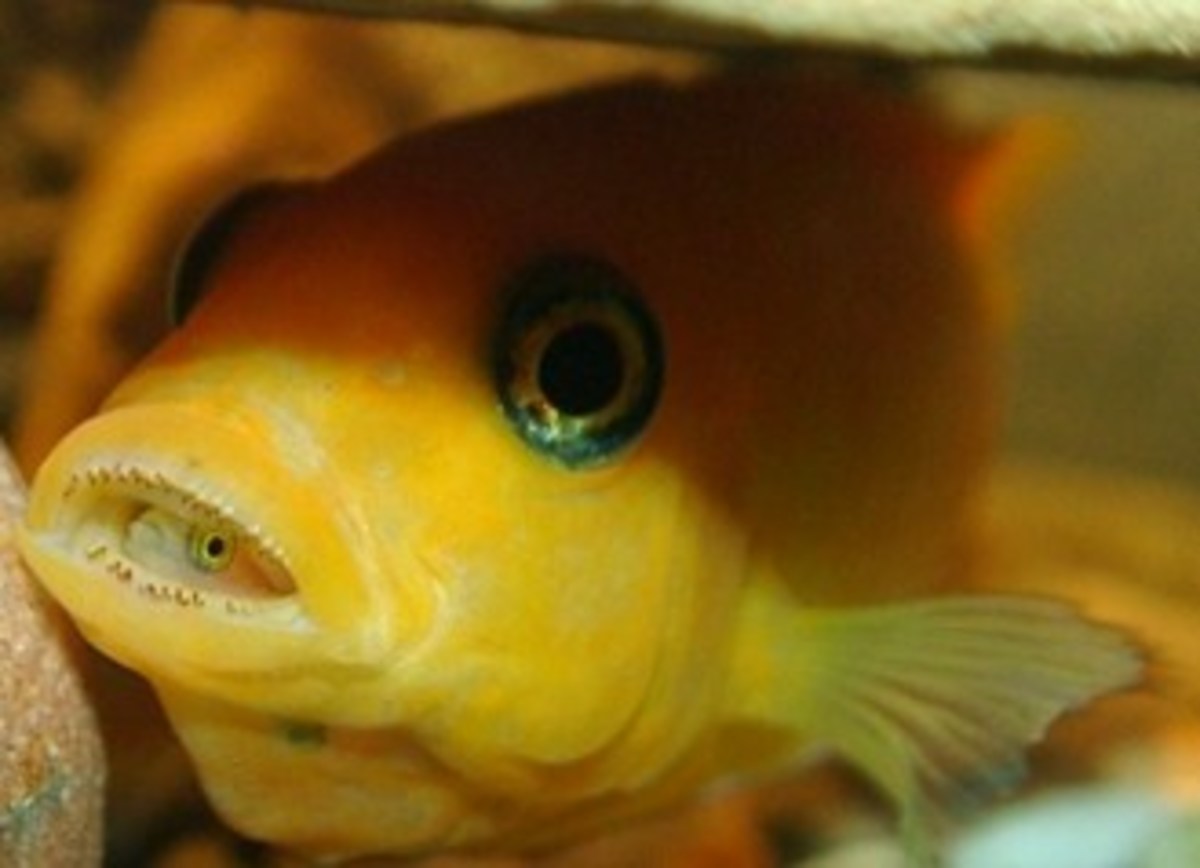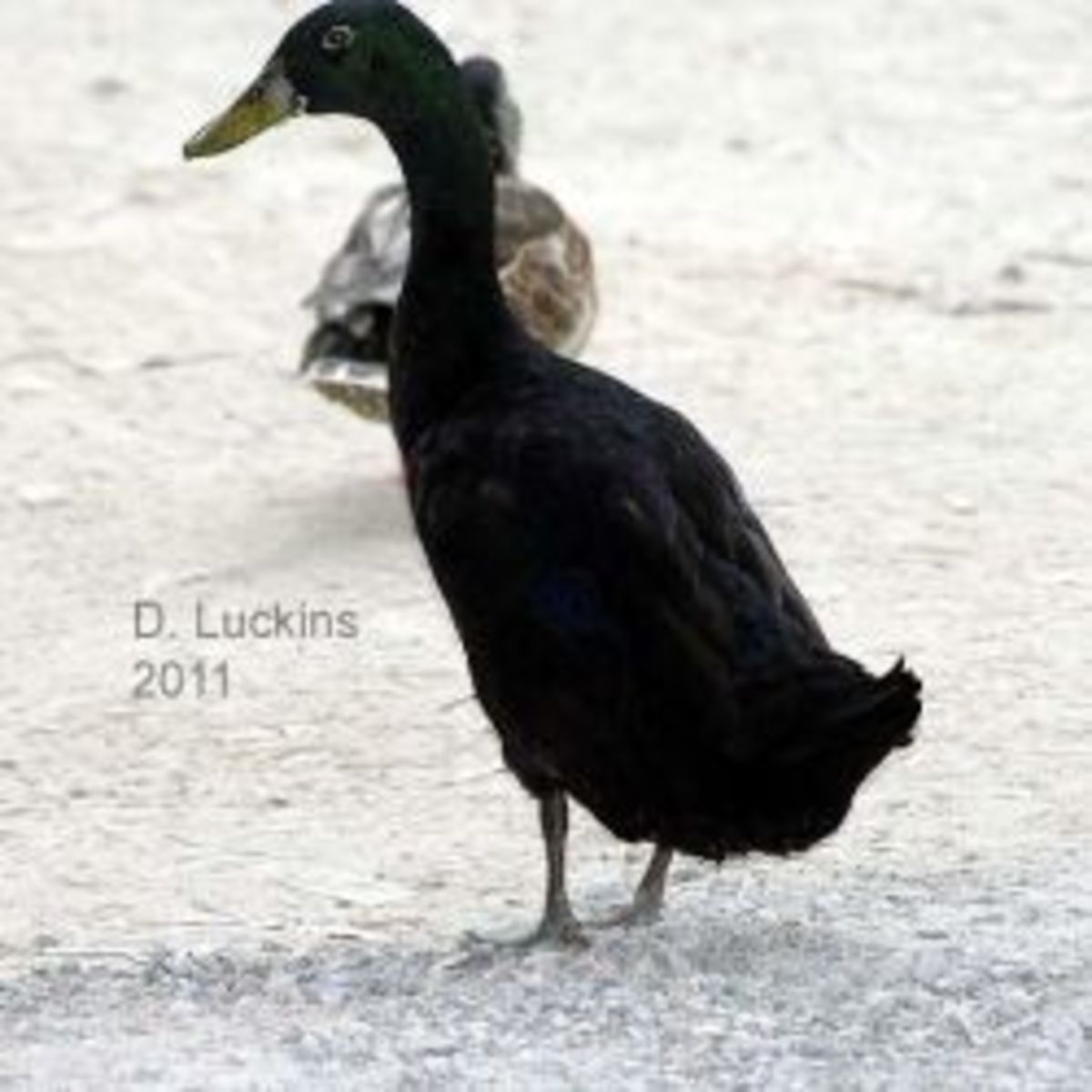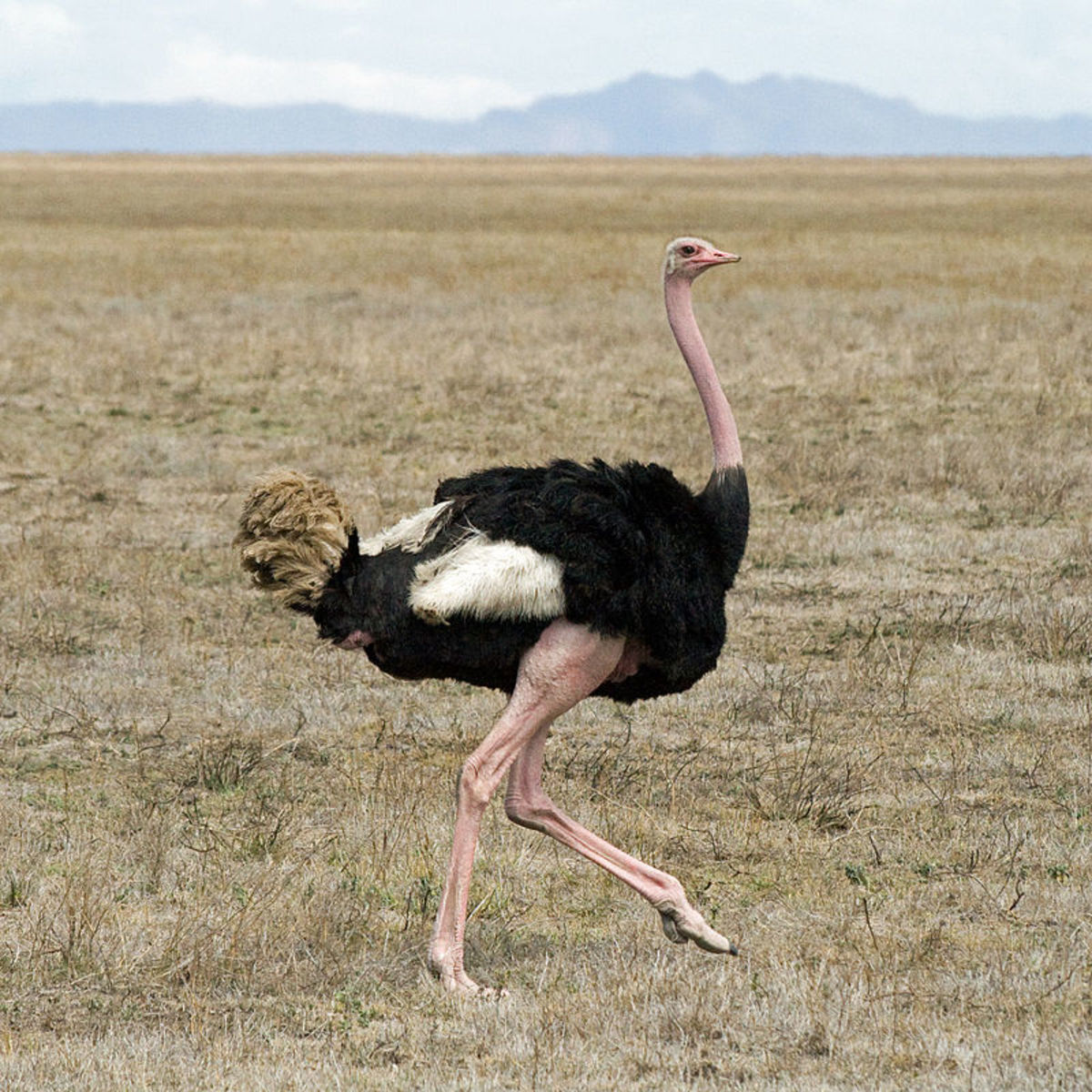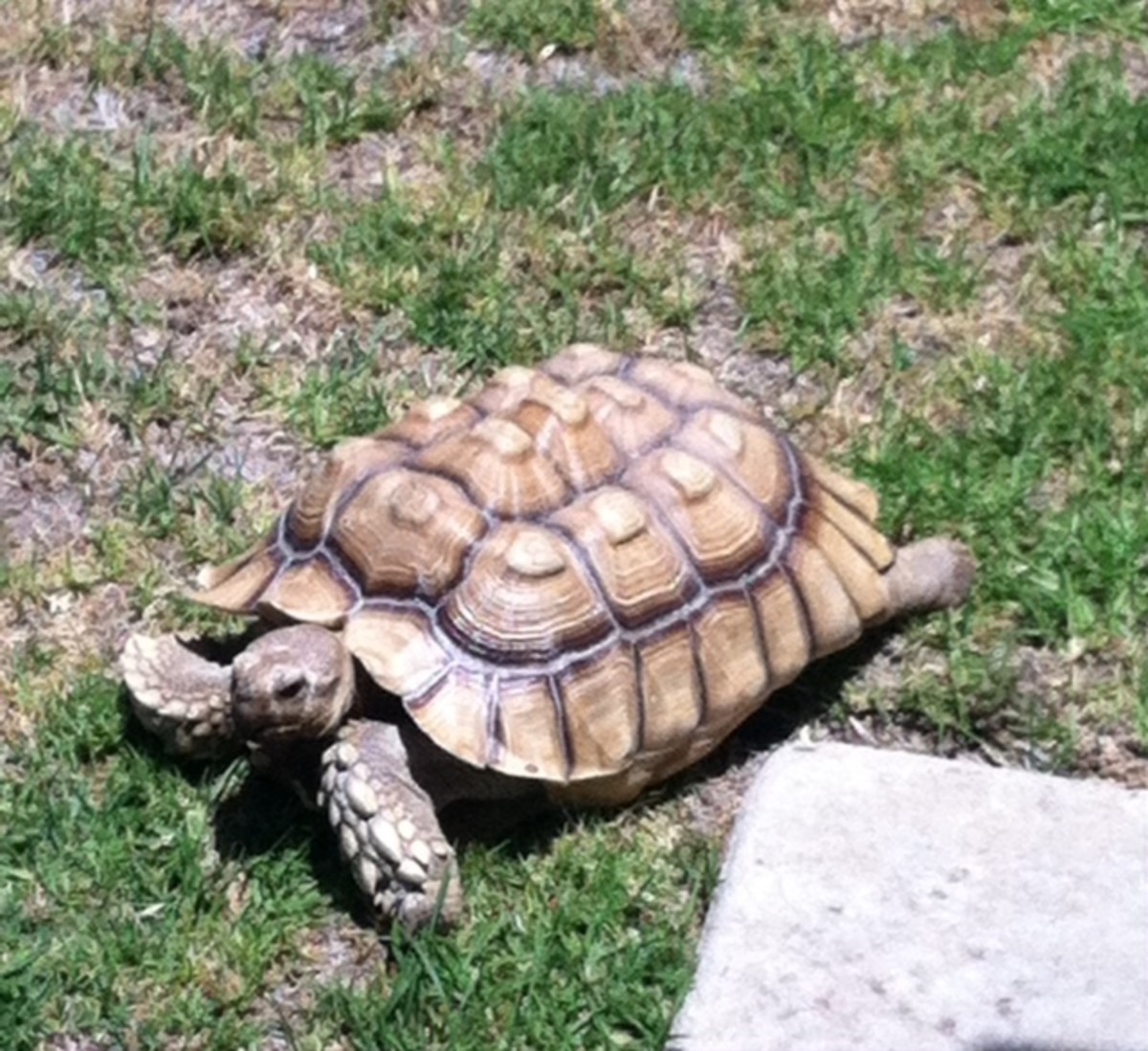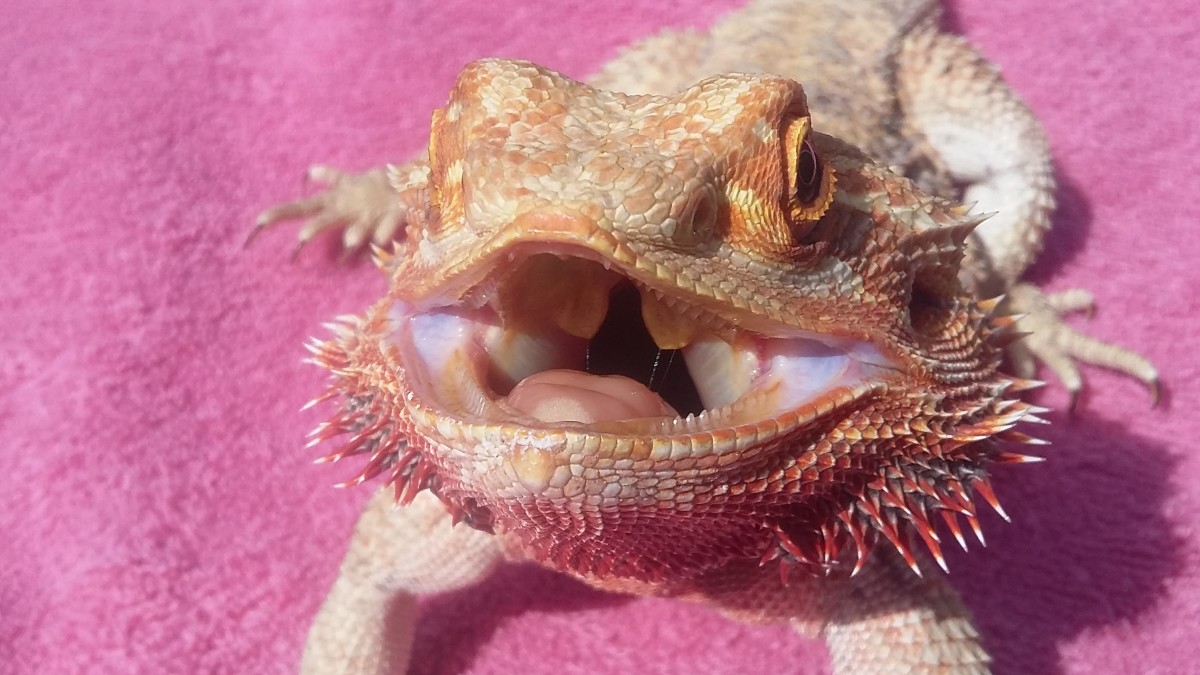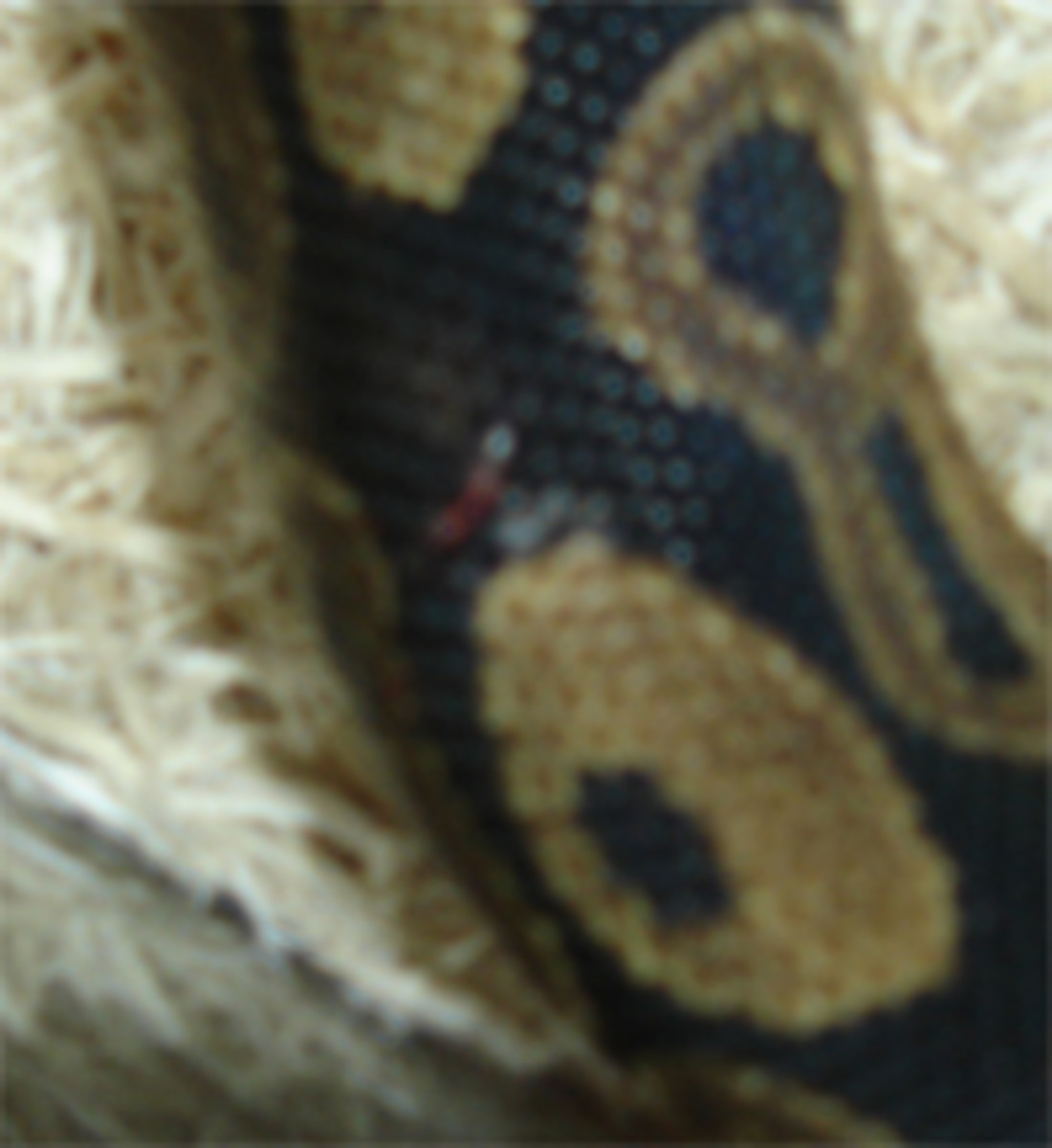How to breed and raising your own Blaptica Dubia feeder roaches
Large nymph Blaptica Dubia
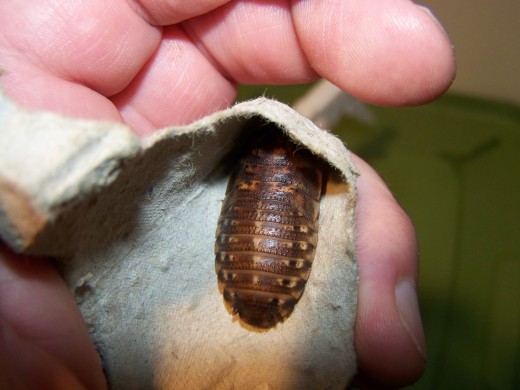
Female Blaptica Dubia
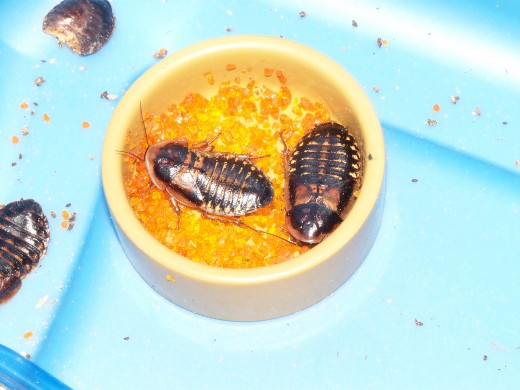
Male Blaptica Dubia
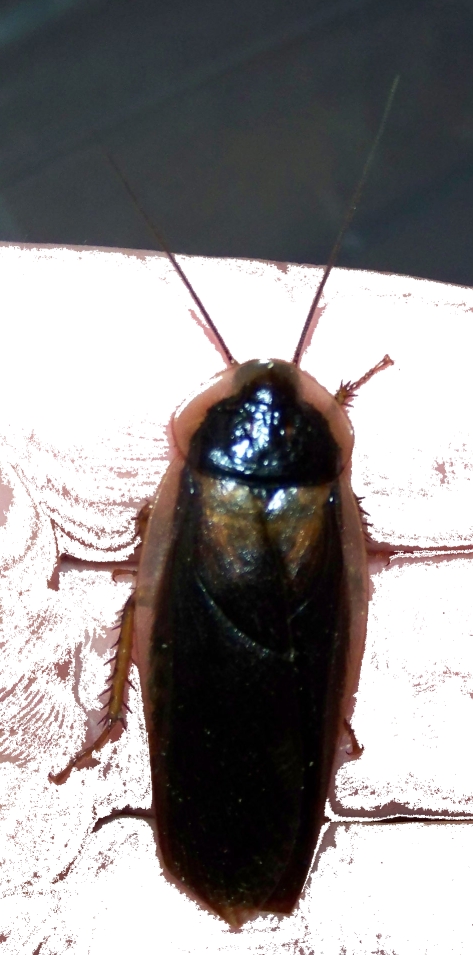
About Blaptica Dubia
General Overview of Blaptica Dubia
Also known as the Guyana orange spotted roach the large bodied, meaty Blaptica Dubia is a popular choice for feeding pet tarantulas and pet lizards. These insects can not fly, and only the smallest nymphs can climb smooth surfaces which makes the chance of escape all but zero. Even if they do manage to escape they aren't likely to breed in temperatures below 70 degrees which makes infestation highly unlikely.
Differences between males, females, and nymphs
The males of the species have fully developed wings but they are useless and they cannot fly. Though sometimes they will flutter them, but that effort proves fruitless every time.
Female Blaptica Dubia's have tiny stubs where the undeveloped wings are. Females tend to be meatier than the males. They give live birth to anywhere from 20 to 50 nymphs after having carried the eggs to gestation (28 days) in process known as ovoviviparity.
Nymphs have no wings at all but the smallest ones can climb up uneven surfaces such as silicone in an aquarium. In my own experience they can also climb up the smooth surface of a sterilite tote making a lid a necessity. It takes 4 to 6 months for the nymphs to mature into reproducing adults. The exact time is dependent upon food supply and temperature.
Better than crickets
Guyana orange spotted roaches have long been popular among reptile and amphibian keepers as alternatives to commonly available crickets. There are a number of advantages Dubia's hold over crickets and in this author's opinion no disadvantages.
- They live much longer. 1 to 2 years as adults. Crickets live two months at most.
- Odorless. Any smell in a colony of Blaptica Dubia comes from old food and dead roaches that are decaying. Cricket colonies have a foul odor.
- They are much larger than crickets which means it takes a lot less to feed your animals.
- They don't chew on your animals. Crickets are infamous among herpetologists for gnawing on your animals. People have even claimed to have had juvenile lizards killed by adult crickets that have swarmed it.
- They don't make noise. Saving the best for last. If you've ever had the pleasure of a cricket escaping in your house and hiding itself away in a corner you can't reach you'll know what I'm talking about.
Do you breed you own feeders?
Blaptica Dubia Nymphs
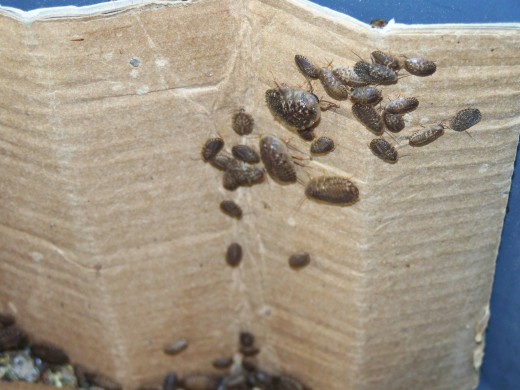
Blaptica Dubia nymph crawling vertically
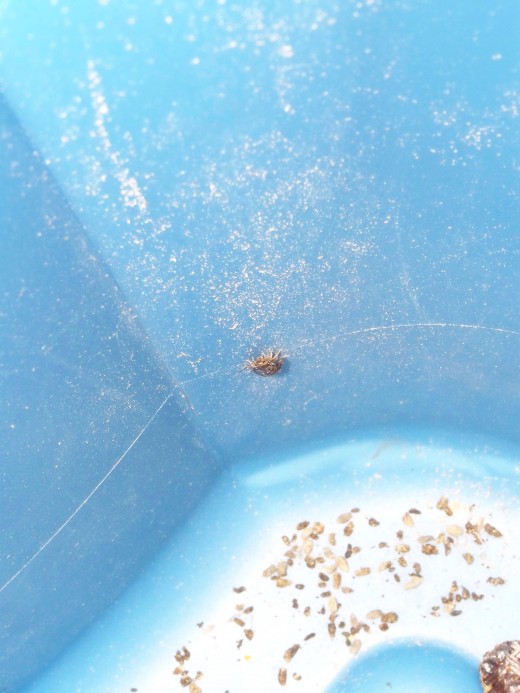
How to make water gel at home
Breeding and caring for Blaptica Dubia roaches
Orange spotted roaches are prolific breeders when the conditions are right. In order to get a colony of dubia's started it is important to start with an appropriate number of insects both to breed and to feed off to your reptiles, amphibians, and spiders. You'll want to have 3 to 5 females for every male in your colony for breeding purposes. When I first started a colony I had 50 females, and 15 males dedicated to breeding and 250 large nymphs that were only one or two molts away from reaching adulthood and being able to breed themselves. This gave me plenty of roaches both to begin producing offspring and to be able to feed my Tokay Geckos.
By separating the breeders from the feeders in two different sterilite tubs I was able to ensure that my supply was able to keep up with the demand my geckos were placing on the colony. Within 2 weeks I had hundreds of newborn nymphs running around as many of the females had arrived pregnant. As time went on and the large nymphs I ordered matured into adults I soon had two reproductive colonies which have since been combined into one large colony. At best guess there are nearly 5,000 Blaptica Dubia's in that colony.
What they need to breed
As prolific of breeders as they are there are some conditions which when met will encourage them. Here is a list of them:
- Food and water. They need access to food and water at all times. You can make your own food by grinding up dog or cat food in a blender, mixed with some dry calcium supplement to gut load the roaches. I use
Rep-Cal mixed with 'Ol Roy dog food (generic Wal-Mart brand). The roaches will drown in open water so it is best use water gel. You can either buy it pre-made at a reptile supply store, or you can make your own cricket quencher for a lot less money.
- Enclosures. Blaptica Dubia's need a dark, quiet, and well ventilated space to go about their business. I've found that a solid color sterilite tub of the appropriate size for your colony works best. It provides the security they need and 5 minutes with a soldering iron will give you all the ventilation holes in the lid you could ever want.
- Substrate. This is simple. Nothing. Their droppings (aka frass), and molts become the substrate.
- Security. This is very important as they like to feel secure. In order to accomplish this most people will stack egg flats vertically in the tubs with them. I've found that cardboard will work just as well if stacked vertically side by side.
- Proper temperature. As mentioned earlier the temperature should be at least 68 degrees for your dubia's to breed. As a general rule I like to keep the temperature between 75 and 85 degrees but they can tolerate temperatures into the mid 90's and still continue to breed.
If you meet the above five conditions you should start to see offspring in 4 to 6 weeks. While Blaptica Dubia isn't the fastest breeding cockroach they are consistent and easy to get going.
Taking care of your roaches
For the most part if you meet the conditions for breeding you will be taking good care of your roaches. One thing to touch on is cleanliness. Some people like to feed their roaches pieces of fruit. There's nothing wrong with offering it, but it is important to make sure you remove whatever wasn't eaten by the insects to prevent mold. If mold infests a colony of roaches it can quickly wipe it out and you'll have to start over from scratch. This was a lesson I learned the hard way and is part of the reason I have a second colony where I maintain approximately 500 roaches for breeding purposes alone. The main colony also breeds but I'm much more careful with the smaller colony when it comes to keeping it clean and monitoring any issues with it.
On occasion roaches will die of natural causes. When this happens you should remove them from the enclosure and dispose of them (do not feed them to your animals) to prevent an unnatural odor of decay.
